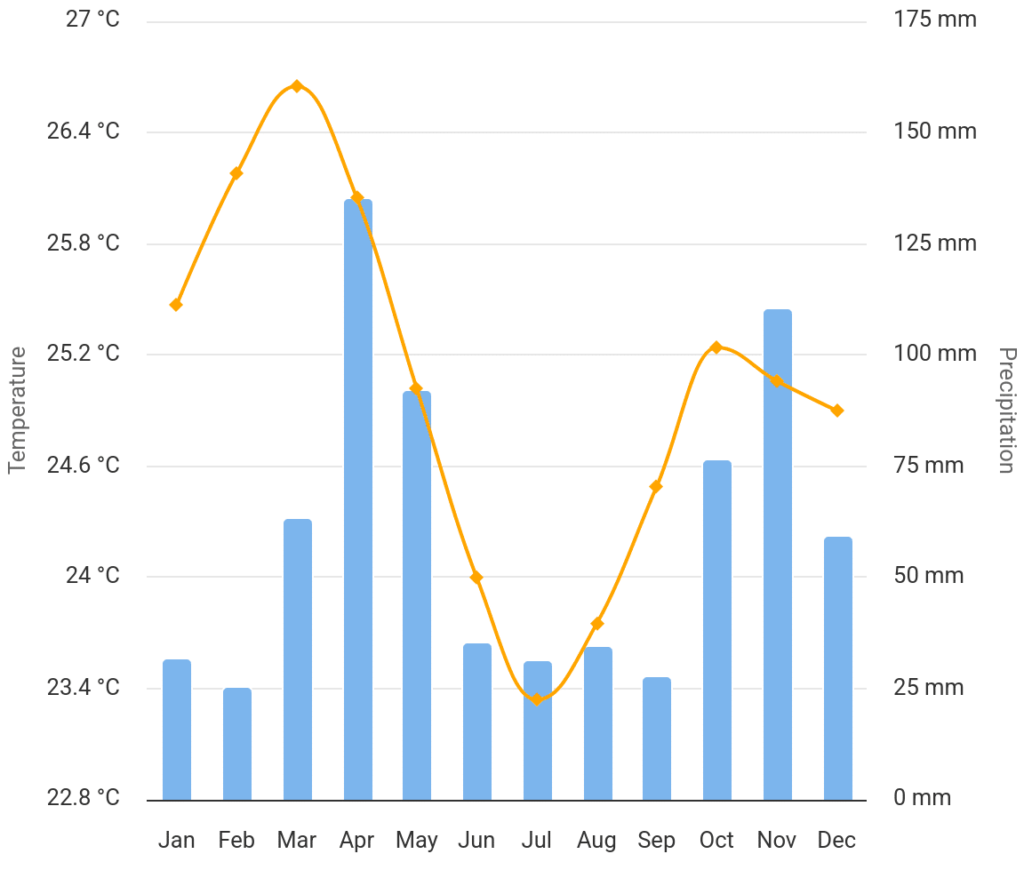Filming in Kenya
Filming in Kenya is one of those things you put on a bucket list. There is such a rich culture and environment, and the terrain changes drastically from the brutalist stone buildings, to a more modernised look – and then suddenly a deep and vibrant green of the forests and farmlands. You will have to stop for goats.
The weather can get quite hot and humid, with spontaneous rain showers (despite what your weather app says!)
The best time to film in Kenya would be from May to September. These are the ideal months with very little rain and lowest temperatures. (It’s the humidity that gets you).
We’re filming in Kenya. Come join us.

CUSTOMS AND EQUIPMENT
The country is not a member of the ATA Carnet system, and so crew will need additional permits to bring in film equipment from abroad.
We are very well positioned to sort out your temporary import clearance with our agents in the country. They are particular about what equipment you bring in.
NO DRONES. There is a strict foreign drone policy that requires pilot and aircraft registration process that can take a month. This is also a very expensive process.
We recommend you contact us! Your local Kenyan fixer to help with this paperwork – or organise a drone in-country for you to use (with all provided paperwork and permits).
To learn more about the permit process, jump onto our Visas and Permits page, or contact your Fixer in Kenya!
VISAS AND PERMITS
The permit system in Kenya is very straightforward. We will be handling the majority of the paperwork for you and applying on your behalf through our contacts in the country.
Any filming in any of the Kenya National Park locations is subject to a separate approval process as well as potentially more charges – depending on the scale of the production. When the filming permit from the Ministry of Information and Communication is applied for, an application needs to be (simultaneously) applied for filming in a National Park, through Kenya Wildlife Services. In most cases there will not be a charge – other than payment of the relevant park fees.
If, however, the crew is larger than 10 people, and the filming is deemed to have a potentially negative effect on the environment, Kenya Wildlife Services MAY apply specific conditions and fees. This can include a ‘surcharge’ of 15% of the total value of the Park fees incurred over the period (entry, staff, vehicles etc.). It is all subject to discussion and negotiation – which is where it is important to have the right Fixers on board.
We have the right people in place to get you the correct information.
Give us a call. We’re always happy to talk you through the process.
ACCESS AND AFFORDABILITY
Jomo Kenyatta International Airport is the primary international terminal in Kenya.
The roads are quite tricky to navigate – with many users going on local knowledge rather than actual road signs. In the peak traffic, your 20min drive will extend for another hour. Roads in the city are well maintained (especially the express way- you pay for it’s use), but further out there are massive cracks and potholes in the road. We seriously recommend hiring a local driver to make this easier on you. Any crew filming in Kenya should be aware of busy streets, pedestrians and animals on the roads and the lack of traffic lights.
Film Fixers highly recommends crews let us organize our local drivers who have experience navigating the many notorious roads of the African continent, as this ensures a smooth and safe experience for everyone involved and no issues with traffic police.
Kenya is a quite well established country – with many stores make use of Mpesa / Tigopesa (a sim-card driven economy), as well as card machines. Most other countries operate on a cash basis – though we still recommend having cash on hand.
There are shopping malls as well, with many familiar brands and amazing restaurants perfect for film-crew takeout style.


